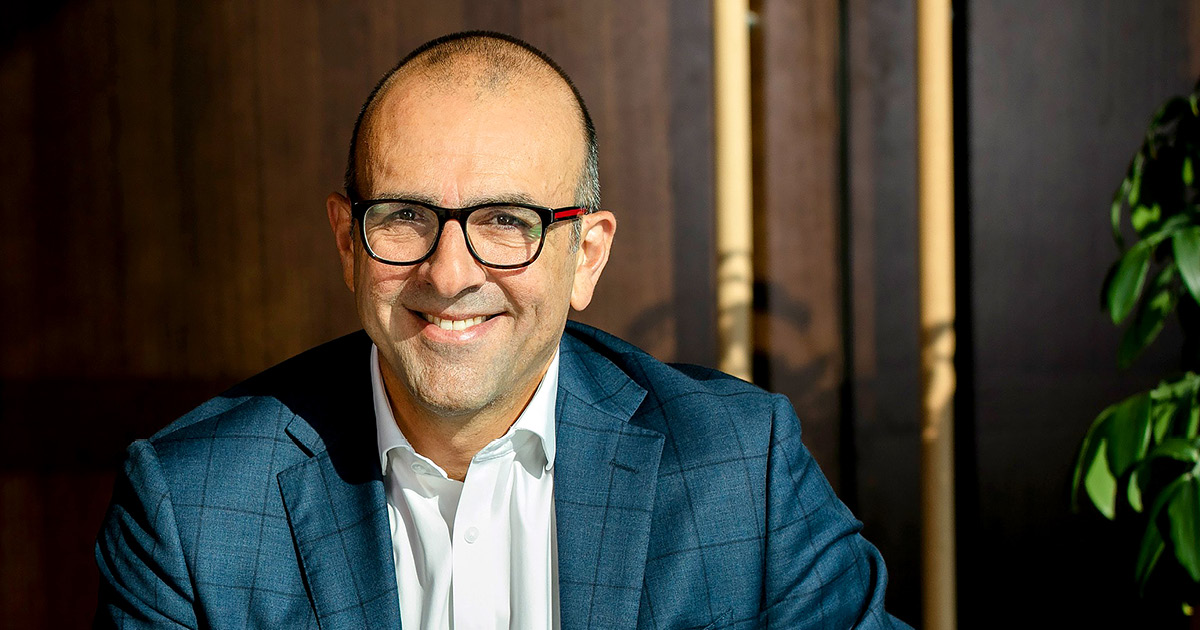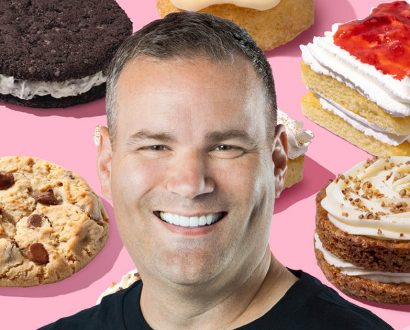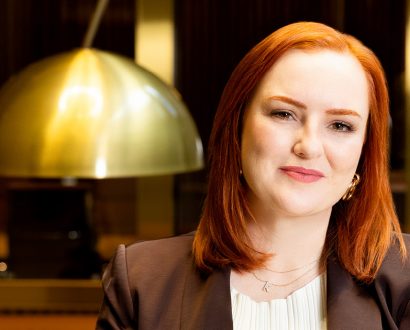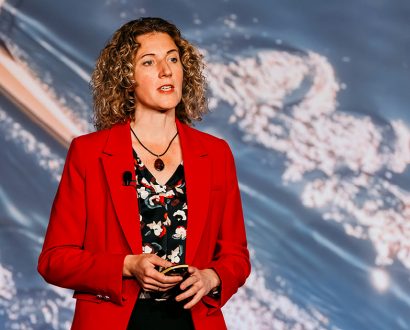EY Oceania’s commitment to sustainability hasn’t been an overnight endeavor. With more than 20 years of experience supporting clients on climate change and sustainability initiatives, the professional services firm has steadily evolved into a sector leader.
But for David Larocca, CEO and Regional Managing Partner, the real momentum began when the world paused.
“The COVID-19 pandemic brought sustainability and climate action into sharper focus across the business landscape,” he tells The CEO Magazine.

“These aren’t abstract goals. They’re embedded in how we work with clients, support our people, serve our communities and how we operate our business.”
“Recognizing the growing importance of these issues and soon after I was appointed CEO in 2021, I decided to create a new role – the EY Oceania Chief Sustainability Officer – to unify and coordinate our efforts, facilitating a broad and transparent approach to sustainability.”
That decision culminated in the launch of a formal sustainability strategy in 2024, which, Larocca explains, is structured around three core commitments: to be regenerative, trustworthy and to spark innovation.
“These aren’t abstract goals,” he points out. “They’re embedded in how we work with clients, support our people, serve our communities and how we operate our business.”
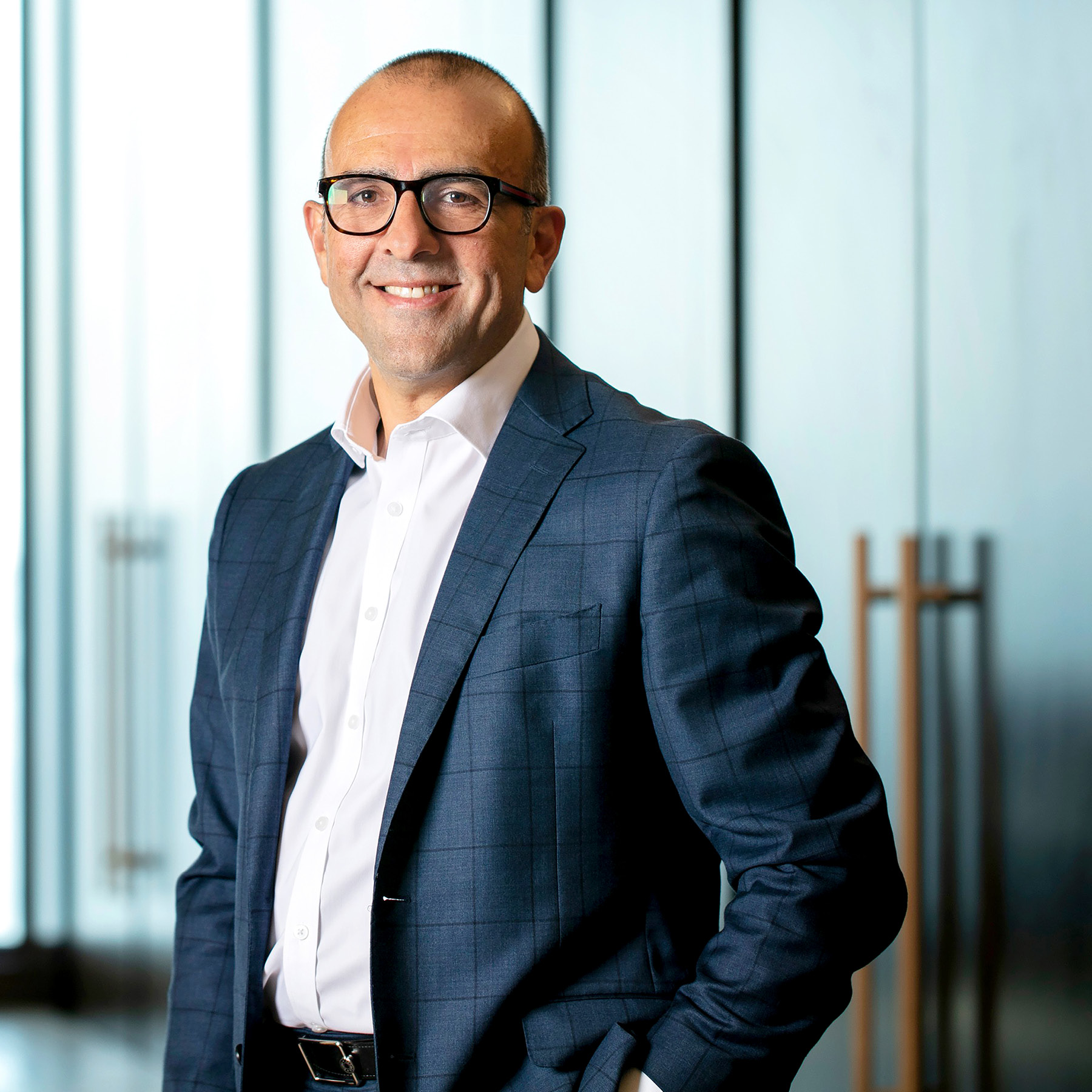
“Sustainability has to begin at home. We cannot credibly advise clients if we’re not meeting high standards ourselves.”
And at the heart of the strategy is the EY Net Zero Centre (NZC), which brings together experts, technology and practical solutions to help businesses and governments transition to low-carbon futures.
“The NZC positions EY as a leader in sustainability and climate action,” Larocca says. “Its efforts in helping clients, especially large emitters, transform their operations for net zero are a particular source of pride for us.”
One clear direction
The NZC’s impact is substantial. With over 1,100 projects delivered for more than 500 clients, its scope spans everything from carbon strategy development and emissions reduction planning to policy consultation and climate-focused technology implementation.
One standout innovation, though, is its ‘Energy Modelling as a Service’ – a tool designed to enable organizations to assess their energy usage, plan for transitions and structure power purchase agreements.
Yet EY’s internal operations are just as ambitious. The firm has set concrete environmental targets around emissions, water and waste, and tracks its progress publicly through the EY Value Realized Scorecard.
“Sustainability has to begin at home,” Larocca insists. “We cannot credibly advise clients if we’re not meeting high standards ourselves.”
Business for good
For Larocca, what makes EY’s approach truly stand out is its twin focus on environmental outcomes and social impact.
“We don’t see these as separate goals,” he says. “Climate resilience and community resilience go hand in hand.”

“We’ve embedded sustainability into our core services. It’s not bolted on.”
Through its EY Ripples program, the firm encourages employees to volunteer their time and skills in local and global initiatives. In Oceania, this has included collaborations with 40 community and for-purpose organizations in 2024 alone, including Boomerang Labs, Sisterworks, Enactus Australia and the Harding Miller Education Foundation.
“In disaster-hit communities, we’ve provided pro bono support to small businesses and helped governments mobilize recovery funds,” Larocca notes. “That’s using business for good in the most practical way.”
An engine for growth
Embedding sustainability at scale hasn’t been without its challenges. One early hurdle, he says, was EY’s fragmented approach across the Oceania region.
“We had great work happening in pockets,” Larocca recalls. “But it lacked coordination.”
However, the appointment of the CSO and establishment of the NZC has made a world of difference, helping to unify efforts under a common framework. But there was still more work to be done – EY had to walk the talk.
“Our clients rightly expect us to lead by example,” he says. “We’ve responded with bold internal targets for emissions, waste and water use alongside transparent public reporting and a scorecard approach to track progress and highlight areas for improvement. We’re committed to complete transparency.”
The firm’s public reporting, including its culture review and modern slavery due diligence, has helped set benchmarks not just for EY, but also for the wider sector.
This leadership role is one Larocca embraces. From shaping sustainability policy to advocating for better reporting standards, EY is helping lift the bar across sectors.
“Through our advocacy, research and example, we’re showing that this isn’t just about risk mitigation,” he reveals. “At its core, sustainability is genuinely an engine for growth.”
Measurable impact
What ties EY’s sustainability work back to the broader business strategy is its emphasis on measurable return – both financial and societal.
“EY’s sustainability strategy is designed to provide both societal and business value, facilitating alignment with broader organizational objectives,” Larocca says.
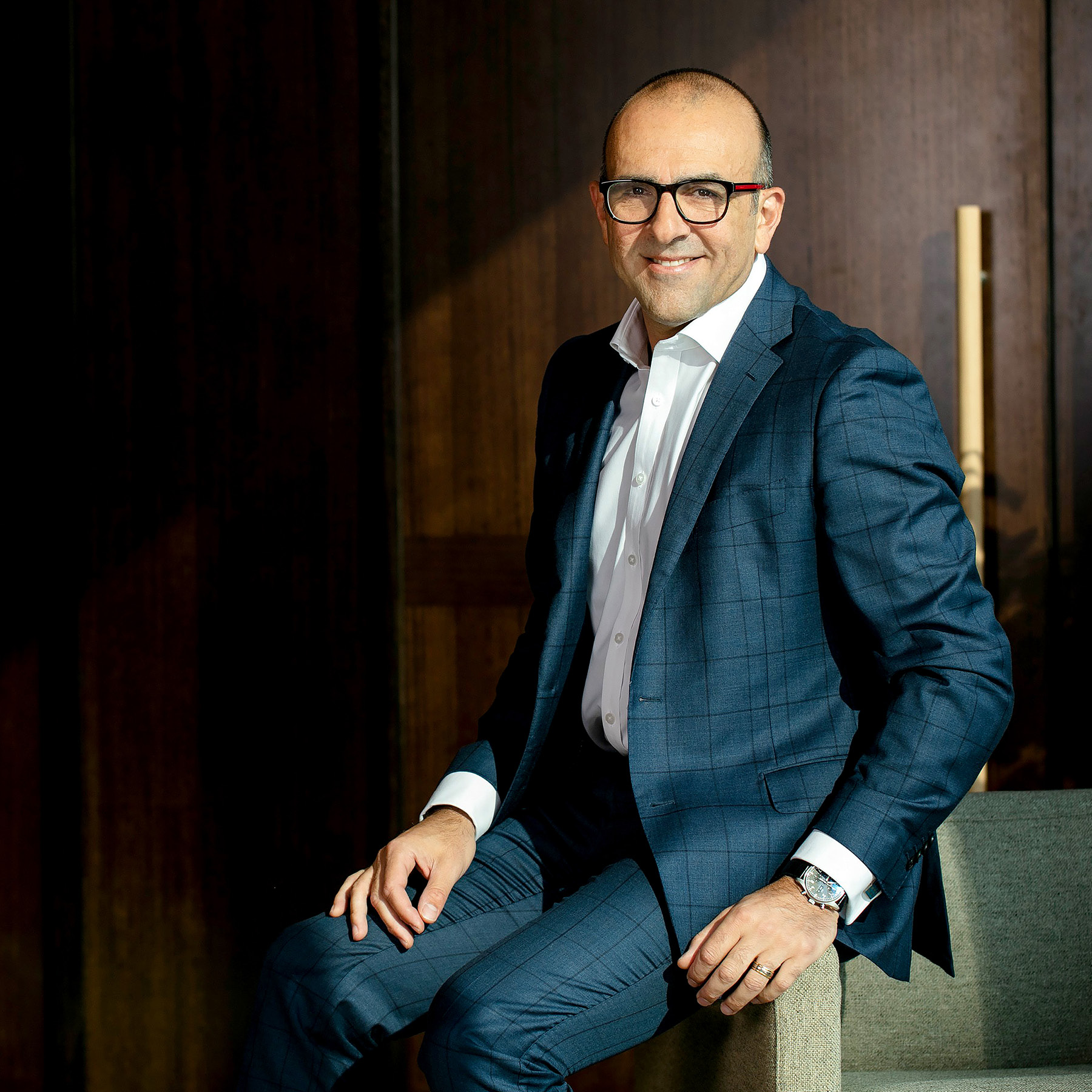
“Transparency and accountability will remain our compass.”
From decarbonization pathways that unlock new markets to community engagement that boosts employee satisfaction and retention, the ROI is clear. The EY Ripples program, for example, correlates with higher promotion rates and stronger employee engagement.
“We’ve embedded sustainability into our core services. It’s not bolted on,” Larocca explains. “It’s how we help clients futureproof their businesses. And it’s how we futureproof our own.”
The path ahead
Looking ahead, the organization’s sustainability goals are ambitious, far-reaching and above all, exciting. Over the next year-and-a-half, the focus will be on implementing the firm’s Nature+, social value and Indigenous strategies, with each supported by detailed action plans and transparent public reporting.

“Sustainability isn’t just an obligation. It’s a pathway to a thriving, resilient and equitable future for all.”
Larocca says EY plans to expand NZC’s reach, particularly within heavy-emitting sectors, while the EY Ripples program will scale up community impact efforts.
“Transparency and accountability will remain our compass,” he confirms. “By investing in programs, we’re also investing in long-term resilience.”
And for Larocca, one thing is clear: sustainability is not a trend or a box-ticking exercise.
“Sustainability isn’t just an obligation,” he says. “It’s a pathway to a thriving, resilient and equitable future for all.”
